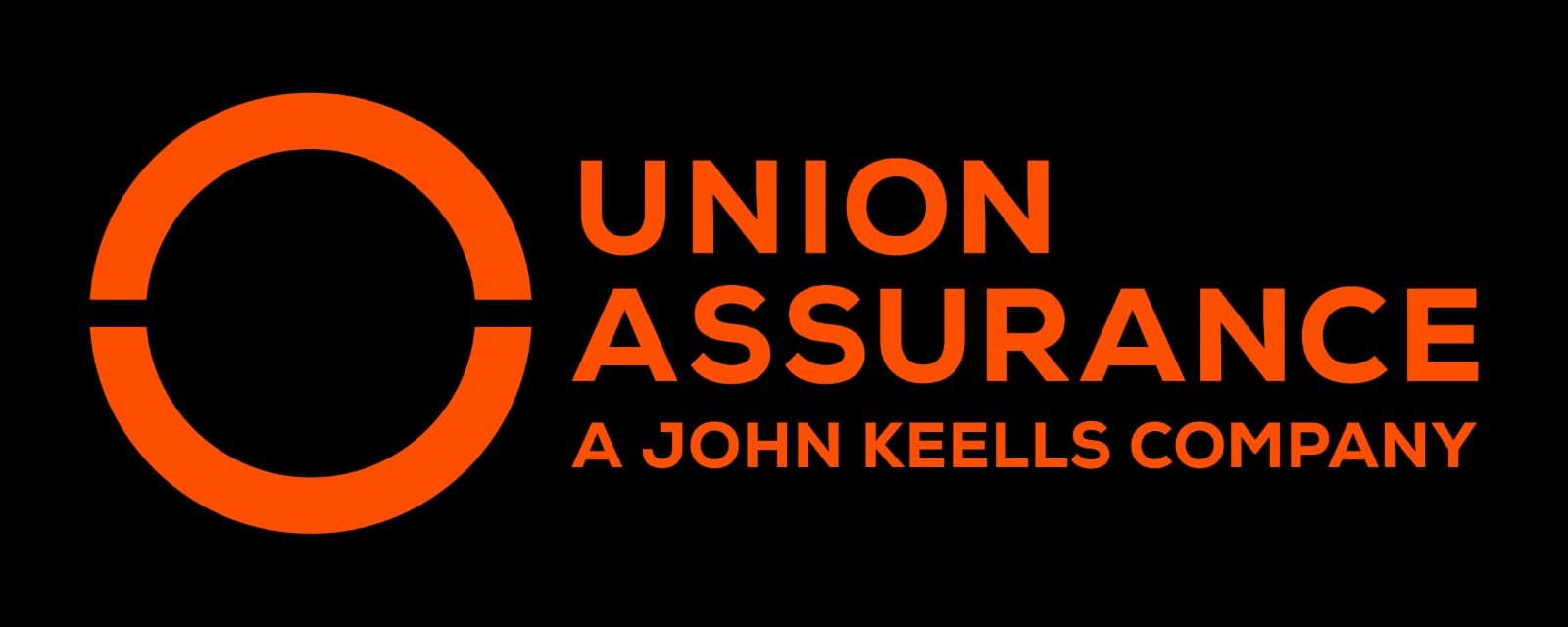In the wake of the 2008 global financial crisis, many governments implemented austerity policies aimed at reducing budget deficits through public spending cuts. This column examines the rollout of programme awarding grants for home energy efficiency upgrades in the UK examine the extent to which cuts to local government finances may have impacted efforts to promote climate action. The findings suggest that austerity, combined with poor digital skills, undermined local authorities’ efforts to effectively carry out a climate action policy that was centrally planned but locally administered.
In the wake of the 2008 global financial crisis, many governments implemented austerity policies aimed at reducing budget deficits through public spending cuts. In the UK in particular, spending cuts were severe and covered all tiers of government and all spending categories. While austerity may have been a prudent macroeconomic response at the time (Alesina et al. 2020, Born et al. 2020, House et al. 2020, Jordà and Taylor 2016), doubts have emerged regarding its long-term impacts (Cremaschi et al. 2022, Facchetti 2021, Fetzer 2019). In a recent paper (Feld and Fetzer 2024), we examine one unintended consequence of austerity – the extent to which cuts to local government finances may have undermined efforts to promote climate action in the UK.
We do so by studying a large-scale retrofit programme – the Energy Company Obligation (ECO) – retrospectively, employing state-of-the-art programme evaluation techniques. The ECO programme provided grants for home energy efficiency upgrades and was rolled out in a way that facilitates a regression discontinuity design to estimate the programme’s causal effects on retrofitting and energy savings.
Estimating a causal average treatment effect
In a first step, we estimate the average treatment effect of the ECO policy on retrofit installations and energy consumption. Neighbourhoods were specifically targeted by the programme if they were considered to be among the 15% most deprived communities in the UK. The absolute threshold provides a natural counterfactual: communities that find themselves just on either side or the other side of the deprivation threshold. The underlying geographies that were eligible for such an area-based targeting approach based on their relative deprivation are exceptionally small: there are more than 34,000 lower-layer super output areas in England and Wales with between 400 and 1,200 households each.
We compare areas which are just below the cut-off and thus eligible to areas just above the cut-off and thus not eligible. Our results provide a causal treatment effect estimate: in eligible areas, 25–30% more retrofit installations were carried out and energy consumption dropped by 4-8% as a result. We show that these findings are robust to many alternative different specifications using different levels of fixed effects and controls.
Figure 1 Areas that were just eligible received more retrofit installations


Estimating heterogeneous treatment effects
The causally estimated average treatment effects naturally may mask significant heterogeneity that could shed light on the underlying mechanisms that can explain the relative effect sizes as, naturally, the causal average treatment effect estimate is itself just a weighted average of more granular treatment effect estimates. The regression discontinuity was designed with very granular spatial area definitions – in total there are 34,000 lower-layer areas. Within a 5% (10%) bandwidth on either side of the eligibility deprivation threshold, there are more than 3,000 (6,000) spatial units (see Figure 2).
This implies that we can estimate a heterogeneous treatment effect that captures the extent to which an area that was eligible for the retrofit programme may have seen differential uptake across local authorities. In total, there are 203 local authority districts that have some eligible lower-layer super-output areas that fall within the chosen bandwidth. That means we can estimate a combined 203 local authority-specific treatment effects that exploit the variation around the eligibility threshold. There are strong reasons to believe that such a heterogenous treatment effect may carry significant signals for local state capacity: local authorities were playing an important role in supporting the administration and delivery of the ECO programme. Specifically, local authorities were supposed to support the implementation of the ECO by leveraging their knowledge of their constituents and facilitate the flow of information and data between suppliers and individuals by identifying eligible households.
Figure 2 Spatial distribution of eligible areas and areas within chosen bandwidth across England and Wales points to feasibility to estimate heterogenous treatment effects


That is, rather than obtaining a single estimate, we now obtain a whole vector of treatment effect estimates that, given that we exploit the exogenously given eligibility threshold for the estimation, should be causally valid. Naturally, this treatment effect estimate may be heterogenous. We next use machine learning to decompose the heterogeneity in this variation, with a specific focus on exploiting variation in centrally imposed large-level local budget cuts.
Austerity-imposed budget cuts
In the aftermath of the financial crisis, the newly elected Conservative government in the UK introduced austerity measures from 2011 onwards affecting all levels of government. Local governments saw extensive budget cuts across the board and across core functions. Those budget cuts came mainly in the form of cuts to central government grants to local authorities. This impeded local government’s ability to spend money, with central government grants being the largest source of income for local authorities. Central government funds are allocated by formula in advance of a spending period and adjust with some lag, the budget cuts are unrelated to local factors on the ground.
Figure 3 Local government spending cuts implied a drastic change in the composition of local public spending after 2010


Explaining heterogeneity in treatment effects across local governments
Turning to heterogeneous effects next, we document what drives differences in treatment effects across local authorities. We pose the hypothesis that this ability was significantly impeded by the erosion of local performative state capacity. To investigate this hypothesis, we estimate one treatment effect for each local authority and explore heterogeneity in the effectiveness of a climate action policy. First, we find that there is a clear negative relationship between the extent of local spending cuts and the treatment delivery: local authorities that experienced higher spending cuts saw lower treatment effects. We explore a second mechanism that might affect authorities’ ability to effectively carry out the ECO policy, namely, digital skills. Councils which did not have the expertise to identify eligible households should experience lower treatment delivery. As no good data on councillors’ digital skills exist, we propose using broadband availability as a proxy. Our results, again, show a clear negative relationship between digital connectivity and treatment delivery.
Figure 4 Large degree of variation in local spending cuts exposure following the 2010 budget cuts


To visualise our hypothesis, we plot treatment effect heterogeneity in a 2×2 plot along areas’ experienced austerity shock and their digital connectivity. In local authorities that saw above-median austerity and had below-median digital connectivity, more retrofit installations were carried out. This provides evidence that local performative state capacity as a function of financial capacity and digital connectivity plays an important role in the effective delivery of climate action measures. There are, however, concerns that other factors drive treatment effect heterogeneity and that austerity and digital connectivity simply capture those. To alleviate such concerns, we turn to a hands-off non-hypothesis-driven approach.
Figure 5 Areas most exposed to local budget cuts and with poorest digital connectivity saw worst delivery of publicly supported climate action programmes


Qualify soundness of narrative through machine learning approach
The robustness of the narrative is further assessed via a machine-learning approach. Our analysis has shown that spending cuts and digital skills, proxied by broadband availability, are important to understand the efficiency of a climate action policy. Still, there might be other factors which are related to performative state capacity and that impact the carry-out of the ECO policy. These factors can confound our analysis and impede our narrative. Thus, we use a random forest to decompose the treatment effect heterogeneity allowing non-linear interactions of a broad set of features that may explain differences in treatment effects. These features include our two measures of (performative) state capacity – austerity intensity and digital connectivity – as well as a broad range of local authority level variables like the share of rural areas, within-authority inequality, an authority’s demographic composition, educational attainment, or home ownership rates. The random forest evaluates the relative importance of each feature in explaining the likelihood that an authority-specific treatment effect is above the median treatment effect. While we use a large set of potential factors explaining treatment effect heterogeneity, our two measures of state capacity seem to have the highest power in explaining the heterogeneity in treatment effects. This provides another piece of evidence that our narrative is true: decreases in a local government’s financial capability as well as poor digital skills – proxied by a measure of digital connectivity – impeded authorities’ efforts in effectively carrying out climate action policies.
Figure 6 Decomposition of treatment effect heterogeneity using a machine-learning approach


Conclusion
In the light of recent crises, it has become clear that governments struggle to efficiently carry out policies and interventions. We show that austerity undermined local authorities’ efforts to effectively carry out a climate action policy that was centrally planned but locally administered. Similarly, local authorities’ digital skills are negatively correlated to their ability to implement climate action policies. These findings open paths for further research on the nexus between austerity, digital capacities, and public service delivery. Further pressure on public bodies – coming from spending cuts or demographic change – will lower the attractiveness of public versus private sector jobs. This will impede the state’s ability to use data effectively (Fetzer et al., 2024).
This adds empirical evidence to debates regarding austerity’s social impacts (Bray et al. 2022, Fetzer et al. 2023, Fremerey et al. 2022; Hoddinott et al. 2022). It also informs literature on the state’s role in climate policy (Fetzer et al. 2024, Rau et al. 2020, Willems and Baumert 2003, Zwar et al. 2023). An effective policy response requires not just legislation but capable implementation on the ground. However, austerity weakened local government functions precisely when supporting climate initiatives like ECO. Lastly, our paper provides a new explanation for reduced effectiveness of climate policies and the energy efficiency gap (Allcott and Greenstone 2012, Blonz 2023, Fowlie et al. 2018).
Source : Voxeu



































































